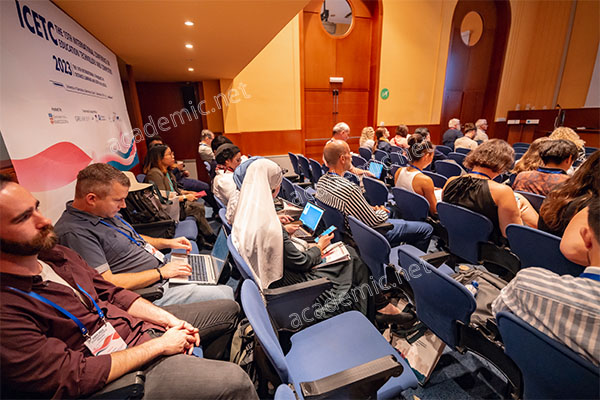How to Write and Submit a Winning Conference Paper
A conference paper is an excellent way to share your research findings with the academic and professional community, receive feedback, and network with experts in your field. Writing and presenting a strong conference paper requires a combination of thorough research, clear communication, and adherence to submission guidelines. This guide will walk you through the steps to craft a compelling conference paper and get it accepted at prestigious events.

Why Present a Conference Paper?
- Visibility: Conferences are platforms where your research can reach a focused audience.
- Networking: Presenting at conferences allows you to connect with experts, collaborators, and mentors.
- Skill Development: Enhances your ability to communicate complex ideas clearly and confidently.
- Career Advancement: Boosts your academic profile and may lead to invitations for collaborations or journal publications.
Steps to Write a Conference Paper
1. Understand the Call for Papers (CFP)
The CFP outlines the conference’s themes, submission deadlines, and formatting requirements.
- Relevance: Ensure your research aligns with the conference’s focus areas.
- Deadlines: Plan your writing process to meet submission deadlines.
- Guidelines: Follow the specified format, word limits, and citation styles.
2. Choose a Clear Topic
Select a topic that is:
- Relevant: Addresses current challenges or gaps in your field.
- Specific: Focus on a particular aspect rather than broad subjects.
- Novel: Highlight unique contributions or findings.
3. Structure Your Paper
A typical conference paper follows this structure:
-
Title and Abstract:
- Write a concise, descriptive title.
- The abstract (150–250 words) should summarize the problem, methods, results, and significance.
-
Introduction:
- Define the research problem and its importance.
- State your objectives and the scope of the paper.
-
Methodology:
- Describe the methods and tools used for your research.
- Ensure this section is detailed enough for reproducibility.
-
Results and Discussion:
- Present your findings using clear visuals (graphs, tables, or diagrams).
- Discuss the implications and how they relate to previous research.
-
Conclusion:
- Summarize key findings and propose future research directions.
-
References:
- Use an appropriate citation format, such as IEEE, APA, or MLA, as specified by the conference.
4. Focus on Clarity and Precision
- Use Simple Language: Avoid unnecessary jargon; make your paper accessible to a broader audience.
- Highlight Key Points: Use bullet points, subheadings, and visuals for better readability.
- Revise and Edit: Proofread your paper multiple times for grammatical accuracy and logical flow.
How to Submit Your Conference Paper
-
Select the Submission Platform:
Most conferences use platforms like EasyChair, EDAS, or the conference’s official website for paper submissions. -
Adhere to Submission Guidelines:
- Format your paper using the conference’s template.
- Ensure your document meets the specified word or page limit.
- Include required details such as author information and keywords.
-
Submit Before the Deadline:
- Submit early to avoid last-minute technical issues.
- Double-check the submission for completeness.
-
Track the Review Process:
- Most conferences conduct a peer-review process.
- Be prepared to revise your paper based on reviewer feedback.
Tips for Conference Presentation
-
Prepare a Clear Presentation:
- Use visuals like slides or videos to support your talk.
- Summarize key points rather than reading the entire paper.
-
Engage Your Audience:
- Practice delivering your presentation confidently.
- Invite questions and provide thoughtful responses.
-
Network After the Talk:
- Connect with attendees for feedback and potential collaborations.
Common Mistakes to Avoid
- Ignoring Guidelines: Non-compliance with formatting or submission rules can lead to rejection.
- Overloading Content: Stick to the key points to maintain clarity and focus.
- Poor Abstract: Write an engaging and accurate abstract; it’s often the first impression reviewers and attendees have of your work.
- Neglecting Deadlines: Plan ahead to meet all deadlines, including revisions and final submission.
Conclusion
A well-crafted conference paper can significantly impact your academic and professional journey. By following these guidelines, you can create a paper that stands out and effectively communicates your research contributions. Explore upcoming conference opportunities on academic.net, and start preparing your paper today to share your insights with the global research community!
